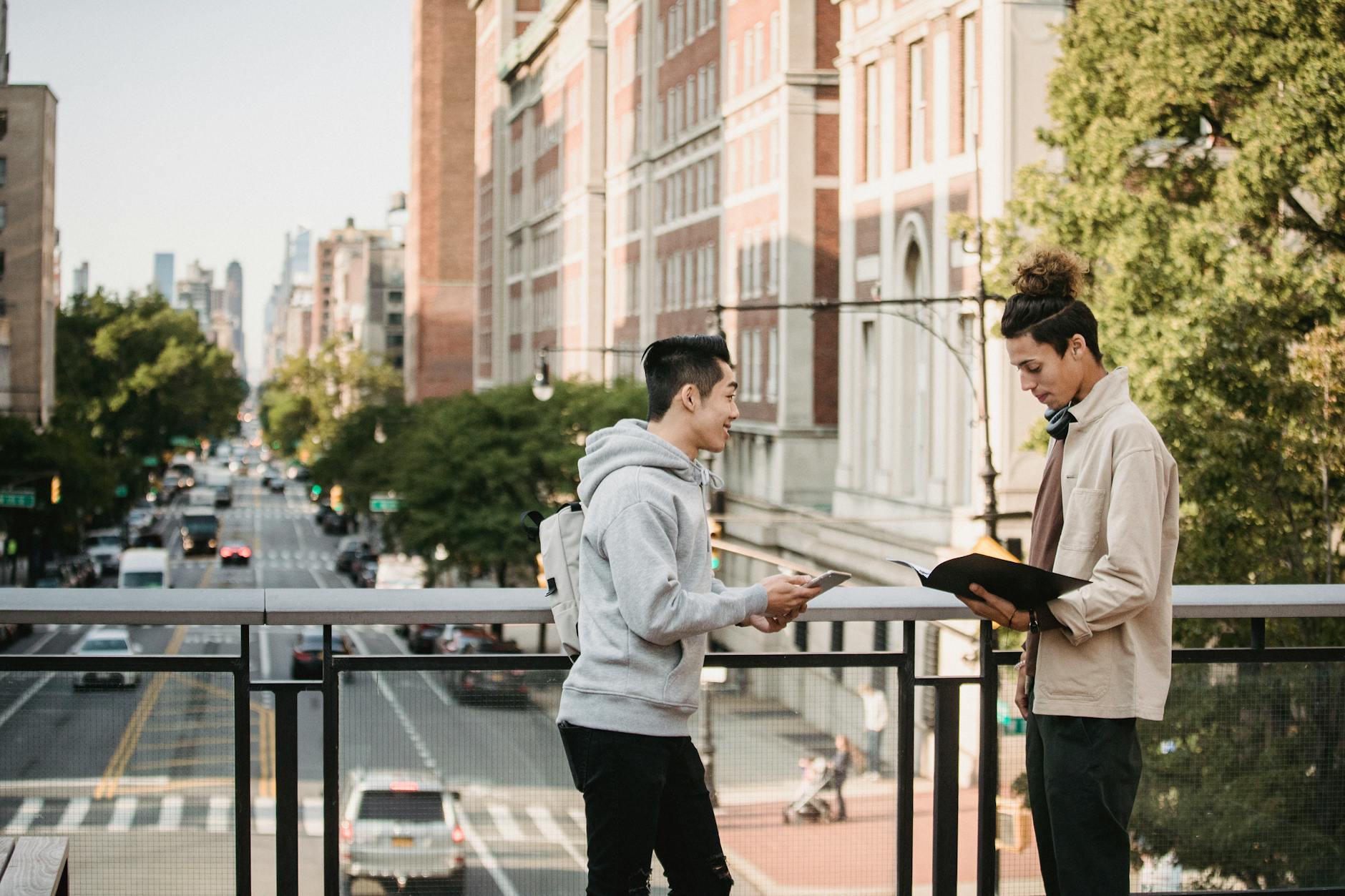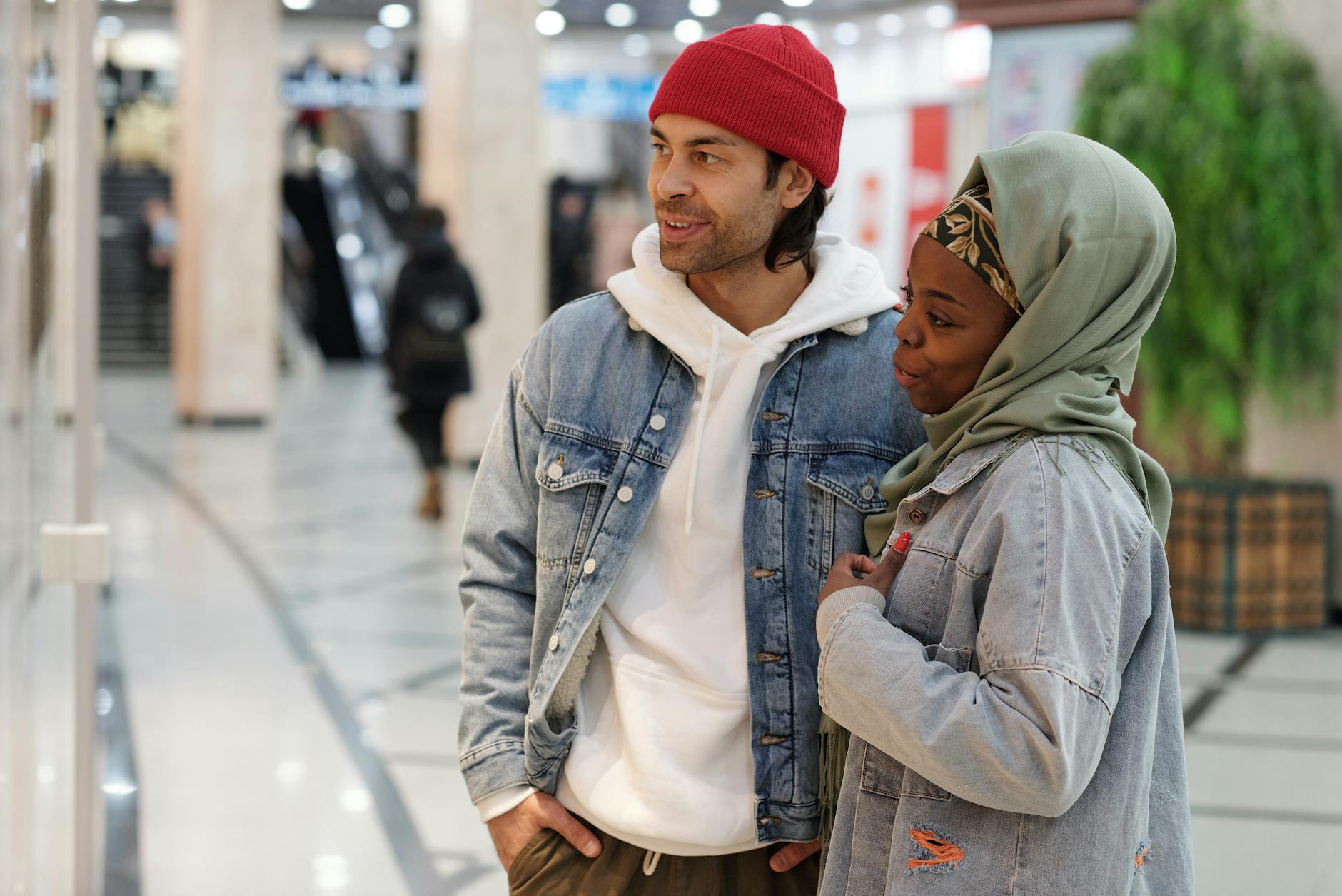Are You Dressing Sustainably in Australia?

Understanding Sustainable Fashion
Sustainable fashion is an approach to apparel that prioritizes the health of our planet, focusing on eco-friendly processes and materials. For an outdoor events planner like Lucas, understanding this concept is essential in creating memorable, yet environmentally conscious events party dresses. While strolling through the Brisbane City Botanic Gardens, you might notice design inspirations that merge seamlessly with sustainable fashion trends, like the integration of nature's hues and textures into designs.
What is Sustainable Fashion?
At its core, sustainable fashion embraces a cycle of creation, use, and reuse that minimizes adverse environmental impacts. This means choosing materials for womens tops and other apparel that are responsibly sourced and manufactured. The emphasis is on reducing waste, using fibres like organic cotton or recycled polyester, and supporting fair labour practices.
Benefits of Sustainable Fashion
For those in the fashion and event planning industries, incorporating sustainable choices can:
- Enhance brand image and trust by highlighting a commitment to the environment.
- Reduce costs in the long run by opting for durable, high-quality materials.
- Encourage creativity through innovative solutions like rental or upcycling options for maternity dress and other garments.
Environmental Impact Considerations
Every choice matters, from selecting fabrics to waste management. Sustainable fashion reduces carbon footprint, water use, and ecological damage, aligning with values of eco-conscious consumers. By integrating such elements into your events, you contribute positively to preserving places like The Brisbane City Botanic Gardens, ensuring they remain lush and inviting for future generations.
Current Fashion Trends in Australia
Australia's fashion scene is a vibrant tapestry of colors, textures, and innovative designs, with a growing emphasis on ethical choices. In the heart of Brisbane, you can wander through James Street's eco-friendly shopping spots to discover how global inspirations mesh with local sustainable practices. The Australian landscape is increasingly witnessing the rise of versatile work dresses that effortlessly transition from office to evening events, reflecting both sophistication and functionality in design. These garments serve not only practical purposes but represent a shift towards investment in long-lasting, quality pieces.
While exploring current trends, the appeal of sprinkle-like embellishments cannot be overlooked. The growing popularity of sequin accents in Australian fashion harmoniously integrates glamour into everyday wear, striking a delicate balance between eco-consciousness and style. This shift caters to professionals who seek to make a statement at work or social gatherings while staying true to sustainable principles.
In this evolving market, mindful consumption is becoming increasingly crucial. Many Australians are embracing these trends by selecting pieces made from natural or recycled materials and by supporting local brands that prioritize sustainability. As a result, fashion-savvy individuals are not only dressing stylishly but are also mindful of the impact of their choices on the planet. Through these practices, Australia continues to carve a unique path on the global fashion stage, with sustainability at its core.
Incorporating Sustainable Practices
Selecting Eco-Friendly Fabrics
Opting for eco-friendly fabrics is a vital step toward sustainability in fashion. Consider materials like organic cotton or bamboo when choosing outfits, including a green dress for a nature-inspired event. These options reduce environmental impact because they require less water and pesticides compared to conventional cotton. Linen, known for its durability and minimal environmental footprint, can be another fantastic choice. While eco-friendly shopping on James Street, you might also discover fabrics made from recycled materials, which contribute to a circular fashion industry.
Upcycling and Recycling Techniques
Upcycling garments involve transforming old clothes into new, stylish outfits. This not only mitigates waste but also lets creativity shine. For instance, repurposing a sequin dress into a chic top or skirt can result in a stunning and one-of-a-kind piece. Recycling involves breaking down materials to create something completely new. Both techniques are ways to promote sustainability while remaining trendy and fashion-forward.
Renting and Sharing Options
Renting outfits has become an exciting trend in sustainable fashion. This practice reduces the demand for new production, helping to cut down on resource usage and textile waste. Sharing your wardrobe through fashion libraries or peer-sharing platforms can also be eco-friendly. It ensures every item is used to its fullest potential, aligning with sustainable consumption goals. Plus, frequenting South Bank Parklands for rented clothes can lead to discovering styles that resonate while reducing one’s environmental footprint.
Educating Clients About Choices
Communicating Sustainability
When speaking to clients about sustainable fashion choices, it's important to be clear and informative. Discuss the lifecycle of clothing and the environmental impact of different fabrics. For instance, if you're suggesting a floral dress for an event, mention its material and the benefits of using sustainable textiles. Highlight how opting for eco-friendly garments can contribute to a greener planet, encouraging mindful spending without compromising on style.
Benefits for Clients
Clients are often more open to sustainable options when they understand the advantages. Explain that sustainable fashion isn’t just eco-friendly but can also be cost-effective and long-lasting. Share practical benefits like the versatility of dresses suitable for multiple occasions, such as dresses to wear to a wedding. These benefit not just the environment but also offer a stylish and flexible wardrobe option that aligns with their values.
Success Stories from Events
Real-world examples resonate with clients. Talk about past events where sustainable clothing choices resulted in a memorable and chic experience. For instance, highlight a wedding where attire choices aligned with sustainable practices—much like the event planning ethos adopted in the South Bank Parklands or nearby Brisbane City Botanic Gardens. These narratives not only underscore the success and appeal of sustainable fashion but also empower clients to make informed decisions.
Avoiding Mistakes in Sustainable Fashion
Know Your Material Sources
One of the key missteps in sustainable fashion is overlooking your material sources. It's crucial for us eco-conscious style seekers to delve beyond the labels and truly scrutinise where our fabrics hail from. Opt for materials like organic cotton or Tencel, which are produced with significantly less environmental impact than conventional fabrics. Much like a casual stroll through The Brisbane City Botanic Gardens, this requires a careful exploration of what lies beneath the surface. Be it researching online or checking the transparency practices of your favourite brands, understanding your fabric's origin is an empowering step forward in sustainable wardrobes.
Decode Sustainability Certifications
Misunderstanding sustainability certifications can lead to choices that contradict our values. Certifications like GOTS and OEKO-TEX provide crucial insights into a brand's eco-friendly practices. Avoid getting caught in the greenwashing trap by familiarising yourself with these labels. A visit to South Bank Parklands can be a refreshing pause, much like how reflecting on trusted certifications ensures that every purchase meets rigorous sustainability standards. It's about empowering ourselves to make informed choices.
Grasp Supply Chain Impacts
Ignoring supply chain impacts can undermine our sustainable efforts. From production to transportation, each step has ecological consequences. By asking brands direct questions about their supply chain practices, such as their commitment to reducing carbon emissions, we support responsible choices. Inspired by James Street's eco-friendly shopping spots, let’s champion brands committed to transparency and minimal environmental footprint. From choosing local artisans to supporting businesses with conscientious logistics, every informed choice brings us closer to sustainable style goals.


